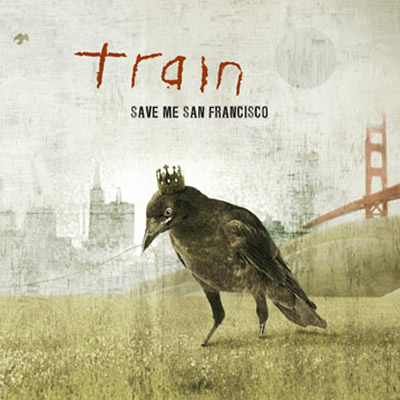 Written by Gary Ewer, Senior Instructor, Dalhousie University, from “The Essential Secrets of Songwriting” website.
Written by Gary Ewer, Senior Instructor, Dalhousie University, from “The Essential Secrets of Songwriting” website.
• Follow Gary on Twitter
• Write great songs consistently with “The Essential Secrets of Songwriting” 6 e-book bundle
________________________________
 There are a lot of myths surrounding the role and importance of the hook in a song. There’s sometimes a belief that all you need to do is to get a short snappy hook for your tune and people will be humming it all day long. The truth is that simply focusing on creating a great hook is ignoring an important principle: adding a hook to a bad song gives you a bad song with a hook.
There are a lot of myths surrounding the role and importance of the hook in a song. There’s sometimes a belief that all you need to do is to get a short snappy hook for your tune and people will be humming it all day long. The truth is that simply focusing on creating a great hook is ignoring an important principle: adding a hook to a bad song gives you a bad song with a hook.
The songwriting process can start with a hook, where that hook presents itself as a recognizable feature throughout the song. But you should also consider the possibility of taking a finished song that seems to be lacking something catchy, and applying a hook in retrospect to give it a distinctive feature that makes the song even better.
No matter what you do, keep in mind that nothing saves a bad song except to correct the things that are making it bad. There is nothing you can add to a song that will make the bad part irrelevant.
By definition, a hook needs to have two things:
- Brevity. It needs to be short enough that people remember it.
- Catchiness. A catchy hook will “hook” into the listener’s mind and keep the song alive long after it’s finished. Hooks are good! Not every song has an obvious hook, though. (The Beatles, for example, hardly ever used hooks that were really obvious.)
The brevity part of this definition is obvious. Because listeners take in the entire hook as a complete entity, long hooks lose their cohesion, and become less memorable. The catchiness part comes from either a distinctive rhythm or particular melodic fragment (often a combination of the two).
After listening to Train’s “Hey, Soul Sister”, you’ll find yourself singing that title line over and over. It’s short – 4 notes long – so it’s easily remembered. And features the highest note of the song followed by a descending 3rd and a mini scale downward.
Some hooks are not necessarily chorus-related. Think of the opening syncopated chords to Michael Jackson’s “Billie Jean” for an example of this. All you need to do is start singing that distinctive opening after the percussion and bass intro, and everyone knows the song.
So hooks are good, because long after you’ve heard the song, you want people to be singing the title.
Here are three important tips for creating great hooks. They aren’t rules – just suggestions that sum up how many of the world’s best hooks work:
- Try to let a chorus hook have some sort of relevance to the rest of your song. As one example of this, if your verse melody consists of scale-wise shapes that exist within the interval of a 4th or 5th, try writing a hook that features a leap of a 4th or 5th.
- A non-chorus hook might work well as an instrumental intro to your song. If you’ve got something catchy, it may work well also as a connector between the chorus and the next verse. The great thing about this kind of hook is that, as in “Billie Jean,” it doesn’t necessarily need to have an obvious connection to the main melodies of your song.
- Find a place in your song to abandon the hook temporarily. It keeps it fresh. The best place to do this is during the bridge. Let your bridge present new ideas (melody, chords, etc), and then come back with the hook at the repeat of the final chorus.
____________________________
 Great songs sell! If you can’t get any attention for your songs, you need to find out what’s wrong. “The Essential Secrets of Songwriting” show you every aspect of how to write great tunes! Download the 6 e-book bundle today!
Great songs sell! If you can’t get any attention for your songs, you need to find out what’s wrong. “The Essential Secrets of Songwriting” show you every aspect of how to write great tunes! Download the 6 e-book bundle today!










Pingback: Introducing your Music | Introducing Your Music Album